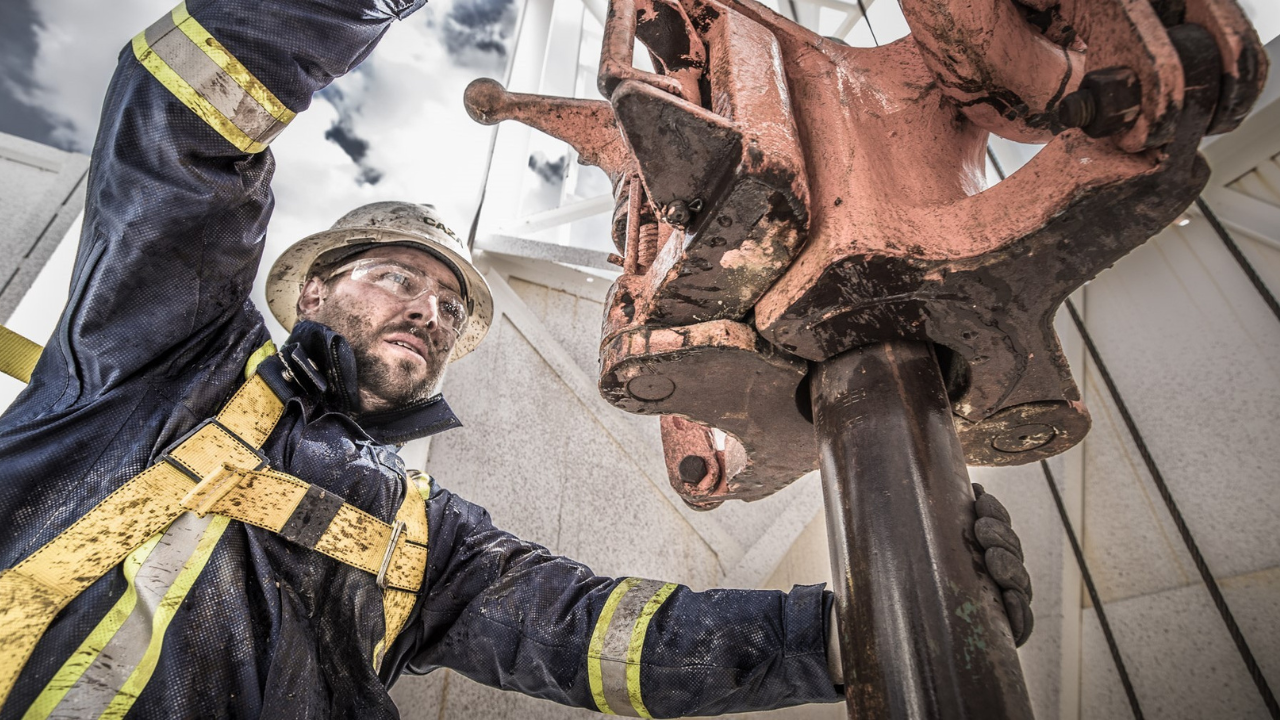
Flash Fire Protection: Choosing the Right PPE for Oil & Gas
A flash fire can ignite in seconds, engulfing workers in intense heat before they have a chance to escape. In the oil and gas industry, where flammable vapors, high-pressure gases, and ignition sources are part of the daily environment, the risk is ever-present. A single spark—from a tool, static discharge, or gas leak—can trigger a fire that lasts only seconds but causes life-altering injuries.
Preventing these incidents before they happen requires more than just awareness. It demands a layered safety strategy that combines engineering controls, strict safety protocols, and the right personal protective equipment (PPE). This guide outlines how to mitigate flash fire risks, choose the most effective PPE, and layer strategically so workers stay protected without sacrificing comfort.
Understanding Flash Fire Risks in Oil and Gas Operations
A flash fire is a sudden, intense burst of flames that spreads rapidly through the air, fueled by flammable gas or vapors. Unlike fuel-fed fires, which continue burning as long as there’s a fuel source, flash fires last only a few seconds and self-extinguish. However, the risk comes from exposure: when workers are caught in a flash fire, their clothing can ignite, leading to severe burns.
Flash fires in oil and gas operations most commonly occur at:
- Drilling sites: Methane and other gases can accumulate and ignite from tool sparks.
- Processing facilities: Refining operations involve flammable chemicals that increase the risk.
- Storage areas: Tanks and pipelines containing crude oil or natural gas can develop leaks, creating a combustible atmosphere.
Flash fire injuries often result in severe second or third-degree burns, requiring extensive medical treatment and long recovery periods. Even for those who survive, the lasting effects, like chronic pain, scarring, and reduced mobility, can change lives forever.
While strong prevention measures help reduce risk, they can’t eliminate it entirely. When a fire ignites, the right protective gear can be the difference between walking away safely or facing life-altering injuries.
PPE Strategies for Every Stage of Oil and Gas Operations
Even with strict safety measures in place, flash fires can still happen. Flame-resistant (FR) clothing is designed to self-extinguish once the flame source is removed, reducing the risk of severe burns. It also reduces heat transfer to the skin and prevents fabric from melting and adhering to the body—both of which can worsen injuries.
FR clothing is essential in the oil and gas industry, but not all jobs present the same types of risks. Each phase of operation—from drilling to refining—comes with unique hazards. PPE must be tailored to the specific risks of each task.
Drilling and Exploration
- Hazards: High-pressure gas releases, confined spaces, fire hazards from hot work.
- Recommended PPE: Lightweight, breathable FR base layers combined with durable FR outerwear.
Production and Refining
- Hazards: Exposure to flammable chemicals, high heat environments, risk of static ignition.
- Recommended PPE: FR daily wear that balances protection with breathability, plus anti-static properties.
Transportation and Storage
- Hazards: Fuel spills, static buildup, environmental conditions that impact safety.
- Recommended PPE: High-visibility FR work wear for visibility in low-light conditions, plus layering options for varying temperatures.
The effectiveness of PPE isn’t just about wearing FR clothing; it’s about what that clothing is made of. Fabric technology plays a major role in protection, breathability, and durability, making material selection just as important as wearing the gear itself.
Choosing the Best FR Clothing for Oil and Gas Work Environments
Not all FR fabrics are created equal. Some offer basic protection but trap heat or break down after repeated washing. Others deliver superior durability, breathability, and long-term performance on top of protecting against ignition. Choosing the right material makes a difference in both safety and comfort.
High-performance FR fabrics typically offer:
- Self-Extinguishing Capability: Prevents flames from spreading once the ignition source is removed.
- Moisture-Wicking Technology: Reduces heat stress by keeping sweat off the skin and helps regulate body temperature.
- Durability: Withstands repeated industrial laundering without losing protective qualities.
FR clothing should meet these key safety standards to ensure workers are protected:
- NFPA 2112: Protection against flash fires.
- ASTM F1506: Performance requirements for FR textiles.
In the oil and gas industry, NFPA 2112 certification is critical to ensure workers have the protection they need. These garments provide thermal insulation, helping to reduce the risk of second-degree burns.
Oil and gas workers don’t just face fire risks; they work in unpredictable environments where temperature and weather conditions constantly change. A well-planned layering system keeps workers protected while adapting to shifting conditions on the job.
How Layering Improves Safety and Performance
A common concern with FR clothing is overheating–especially in extreme temperatures. But with the right layering system, FR gear can actually help regulate body temperature while still providing essential fire protection.
- Base Layer: Moisture-wicking FR fabric pulls sweat away from the skin, keeping workers cool and dry.
- Mid-Layer: Lightweight insulation traps air to maintain body temperature without adding unnecessary bulk.
- Outer Layer: Weather-resistant FR jackets or coveralls protect against wind, rain, and fluctuating conditions.
Not all FR clothing is built with real-world working conditions in mind. DRIFIRE designs gear that meets the highest safety standards while also prioritizing comfort, mobility, and long-term durability so workers can stay protected without being weighed down.
How DRIFIRE Can Help Protect Your Workforce
At DRIFIRE, we believe safety gear should never mean sacrificing comfort. That’s why our FR clothing combines military-grade technology with breathable, moisture-wicking fabrics—perfect for the demanding environments oil and gas professionals face every day.
Whether you're outfitting crews for drilling, refining, or transport, our gear is built for long shifts, harsh conditions, and critical tasks. Explore our full lineup of FR work wear and discover how DRIFIRE helps your team stay protected, comfortable, and mission-ready–every step of the way.

Stay in the loop.
Sign up for our emails to be the first to know about exclusive product offerings
and all things DRIFIRE.











